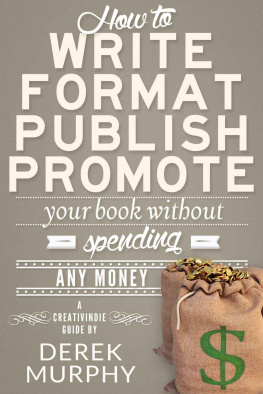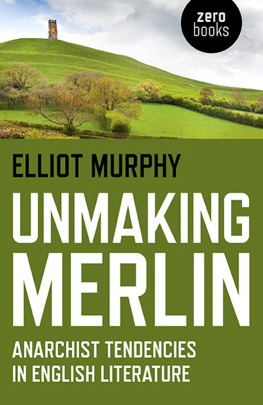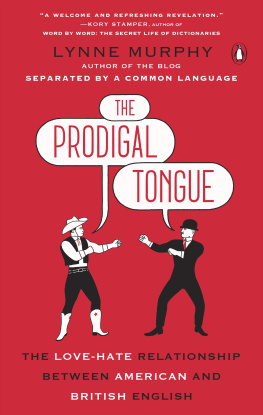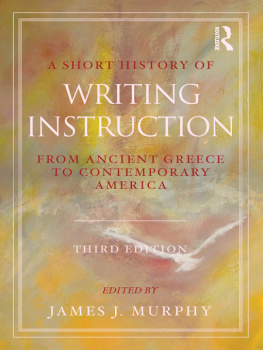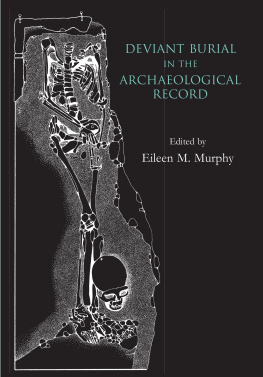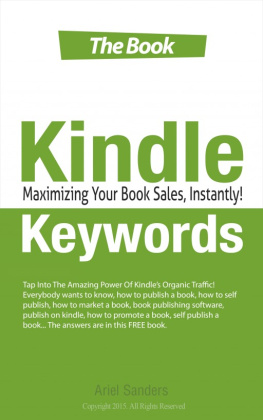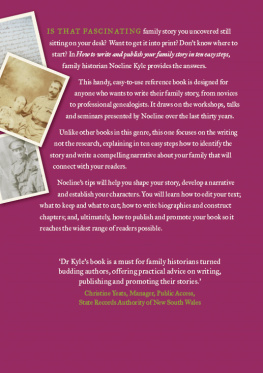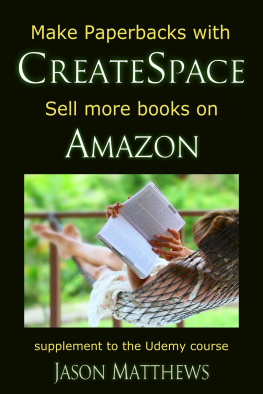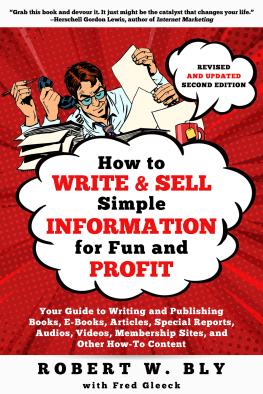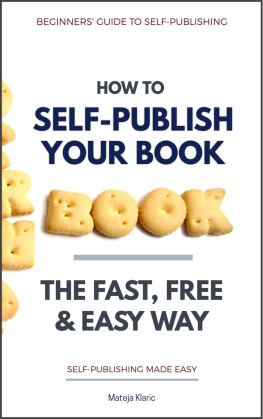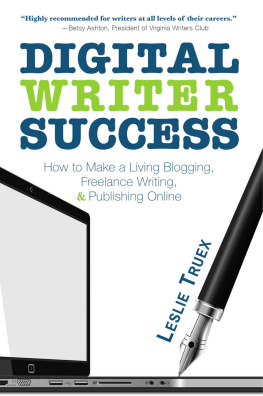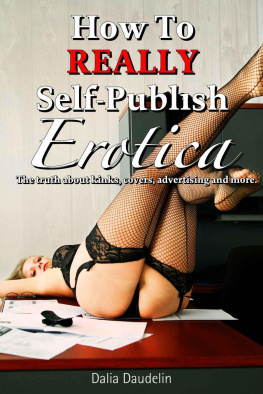Only a few short years ago, the average stay-at-home mom spent her relaxation time reading Jackie Collins and staring at the pool boy. Now, half of them are outselling Jackie Collins writing porn about the pool boy. Pete Morin, Surviving in the Amazon Jungle
S o you want to publish a book, eh? Thats great! Theres never been a better time. The Internet and the rise of social media have made publishing a book, growing your audience and becoming a successful author a possibility for anybody. Getting an agent or publishing through a mainstream company is no longer required (and in some cases, disadvantageous). You really can self-publish, connect with readers, inspire hundreds of thousands of downloads and make a lot of money. But it isnt easy .
For a first time author, writing and publishing a book can be a daunting prospect. Theres so much to learn: how to finish writing the book and get it ready for publication; how to format it for print and ebook; how and where to publish the book and distribute it to online and offline bookstores; how to get your book noticed amidst hundreds of thousands of others. For many authors, the entire process of writing and publishing is such a steep learning curve, with so many confusing variables, that it can lead to frustration and stagnation, which is sometimes overcome by throwing money at whoever promises to do everything for you.
Unfortunately, many author publishing services and small presses know how to manage the publishing process, but dont have the talent or skill required to make your book look good and ultimately find success. Therefore, DIY publishing is not just about saving money; its also about making sure you end up with a well-designed product that sells. However, if you dont have much experience with book design, marketing or sales, making the right design choices can be difficult. I hope this book will help with that, and inspire you to make smarter publishing choices, no matter your budget.
Does the world really need another guide to publishing and formatting? There are dozens of books like this popping up, how is mine different? For starters, I think most guides are written by authors who have learned these skills to publish their own books. While they may be valuable, a lot are saying the same things; and although they know how to publish (the mechanics) they arent really versed on the art (the aesthetics). As a book designer whos helped publish over 1000 books, I focus my attention on making products that sell . Its not enough to just put your book out there. If you want it to be successful, it has to look and feel professional, powerful, and captivating. It needs an air of authority. It has to be a thing of beauty.
To that end, Ive spent the past several months building free tools and resources that will help you take more control over your publishing and create a beautiful book. This should make the DIY publishing journey much easier, should you choose to brave it. What follows is a guide to using those resources, which as an added bonus, should drastically reduce publishing, formatting and marketing costs.
T here are other books that are more in-depth about writing and publishing, and much longer. However, many of them seem padded with personal biography and plugs for the authors books and services. Others are heavy on inspiration and motivation, which may leave you pumped up about writing, but in no way ensure that energy translates into publishing success. Ive been told my writing is pessimistic; I prefer to call it pragmatic . In my experience, optimistic, positively charged authors are not necessarily better writers, nor more successful authors. Too much empty enthusiasm can even be demotivating, if not supported by the right skills and a lot of elbow grease.
Because I dont base my books on a prerequisite word count (a pre-planned decision to make a book a certain length) this book contains no padding or fluff. I get straight to the point. This is a practical guide meant to traverse specific publishing related barriers with targeted solutions. That way itll be easily referenced and utilized; so you can spend less time reading and more time writing more books. That said, the purpose of this book is mainly to introduce you to some free tools Ive made to assist you in DIY publishing. Parts of it are very technical and possibly a little boring. If you arent happy with it, please ask for a refund.
Y es, you can format, publish and market your book without spending any money, if you have a lot of time on your hands and want to learn some new skills. And Im going to be giving you a lot of free resources to help you do just that. But personally, even though I can do all this stuff myself, I choose to pay someone else to do the things I dont like to do. Ill be recommending places to get work done as cheaply as $5. With $50 or $100 you can put together a very nice book and get started selling while you may not have $100 to spare, Ill bet you know someone who can loan it to you. Or you can find a way to make a little extra money. Or you can cut costs for a month and save it. Although its not required, having a little bit of budget can save you a lot of time and frustration.
On the other hand, if youre going to be publishing lots of books, or a series, its best to learn some of the software and process so that you can have more control and do more things yourself.
W hen I started publishing over a decade ago my books were homemade and pretty ugly. Although I was thrilled and proud of them, poor reviews and slow sales caused me to reevaluate. For later books I increased my budget to get everything professionally done. Even though they did very well in their particular niche (I got some reviews from famous people, featured in mainstream magazines and sold international rights), the readership numbers were low and the books were never meant to be bestsellers. I finally realized the books I was writing had a limited market.

